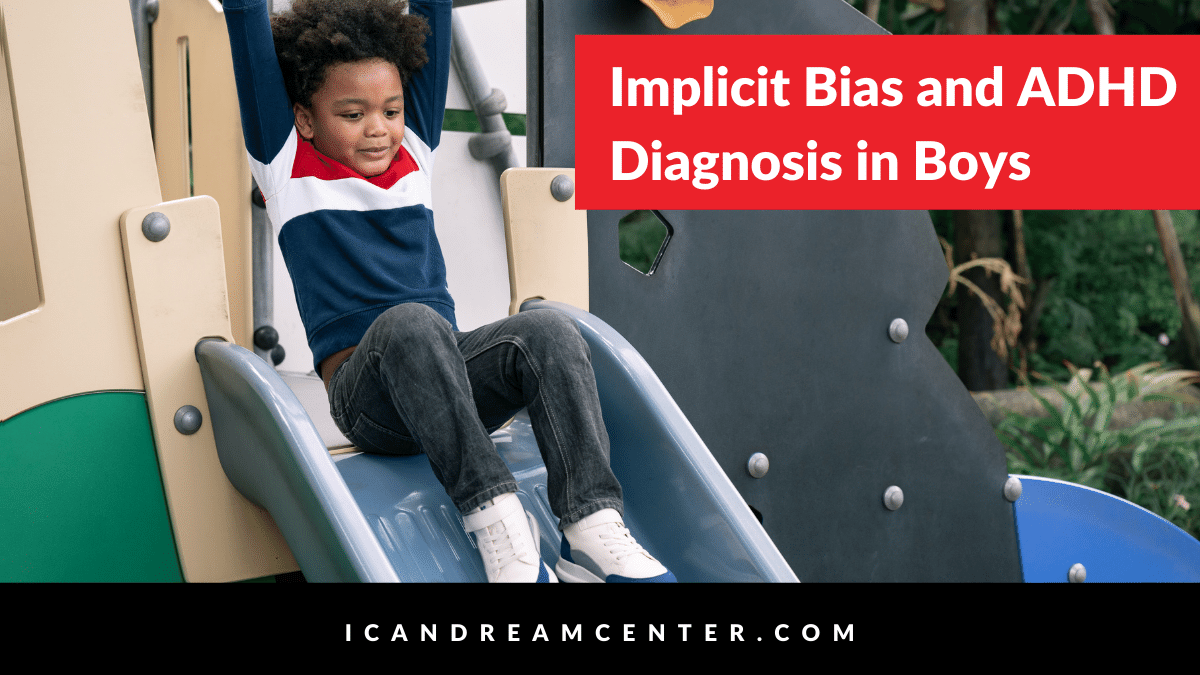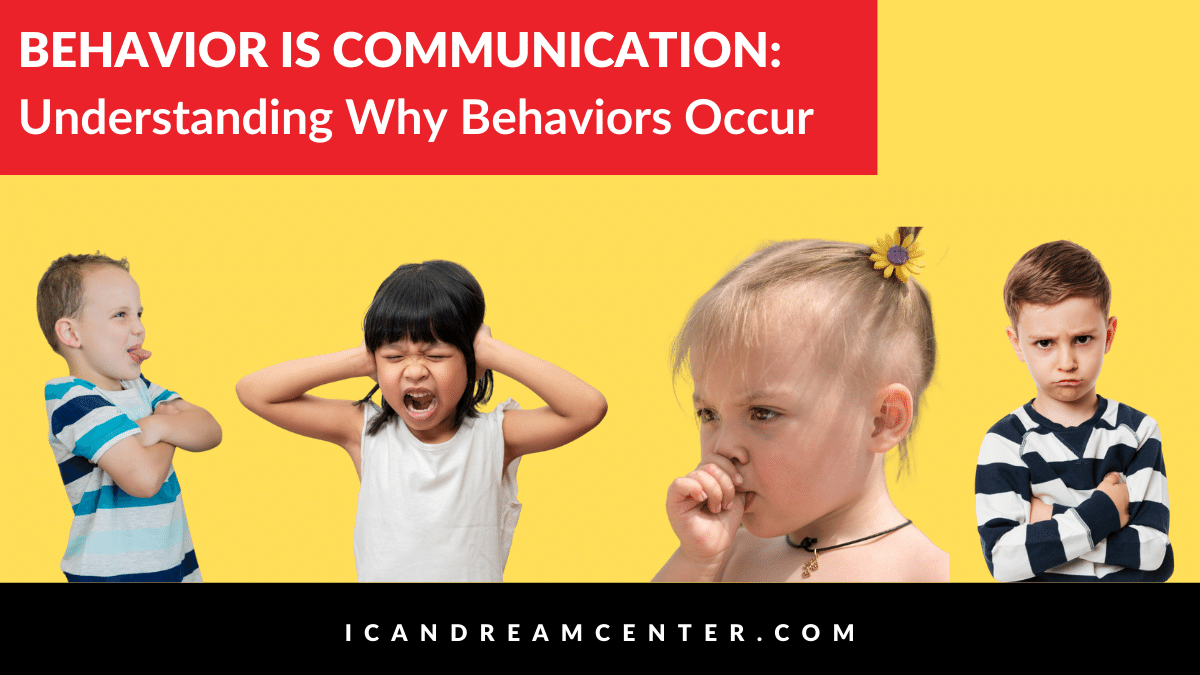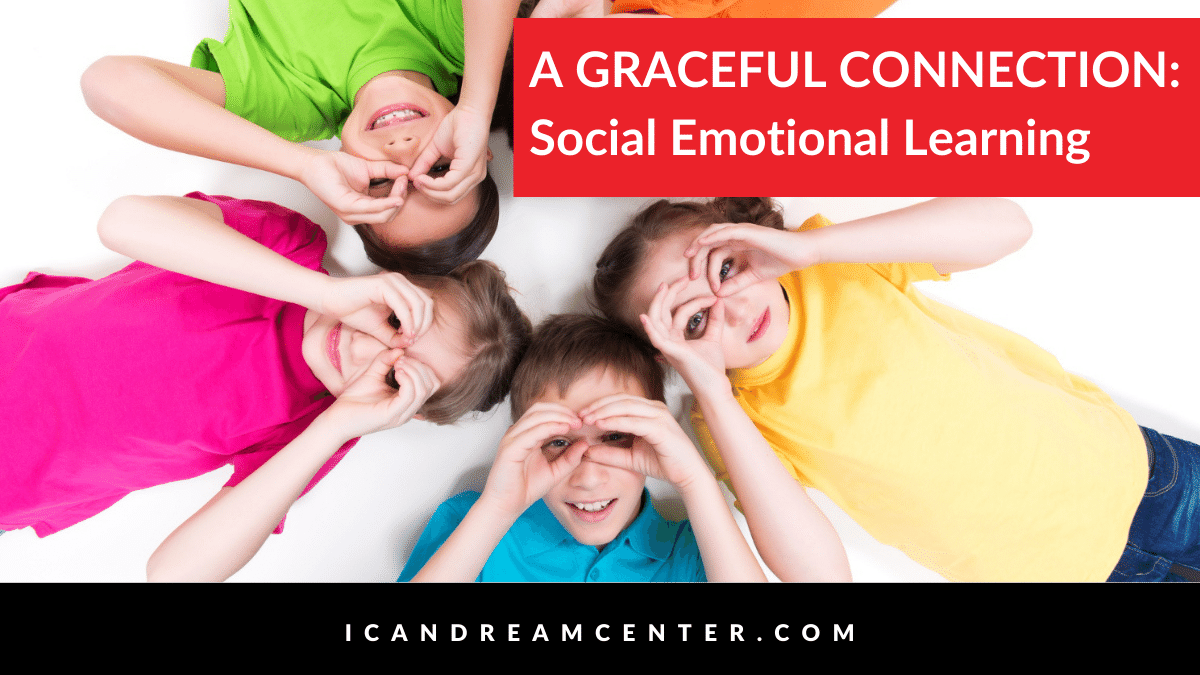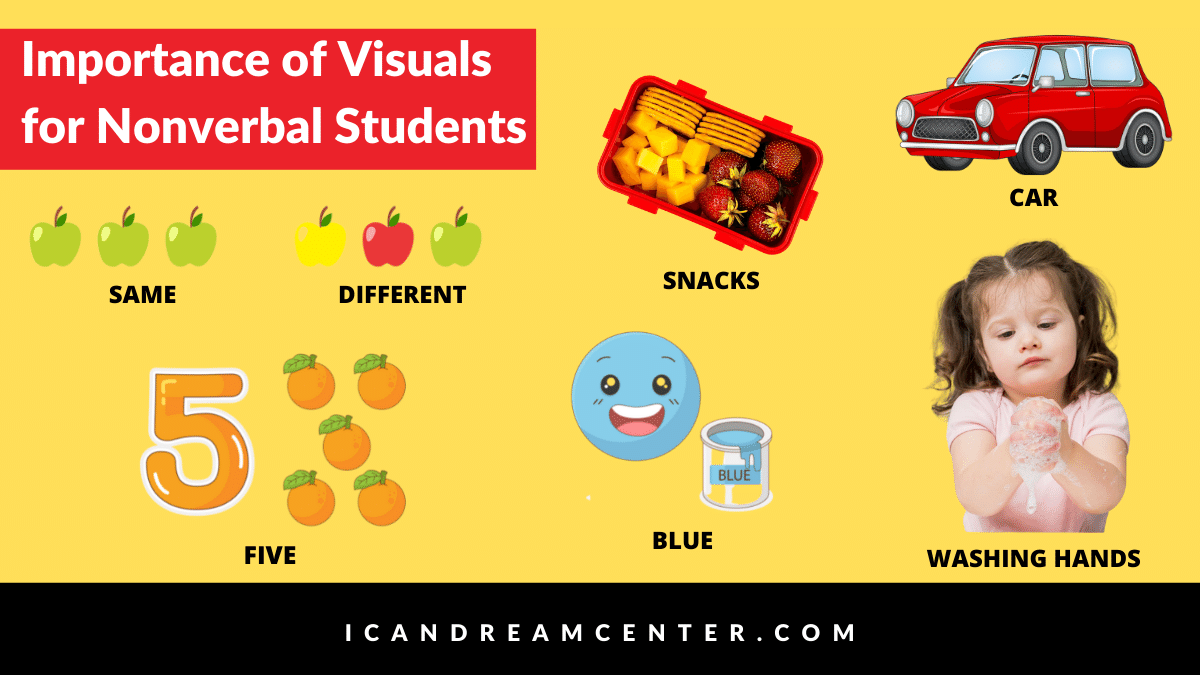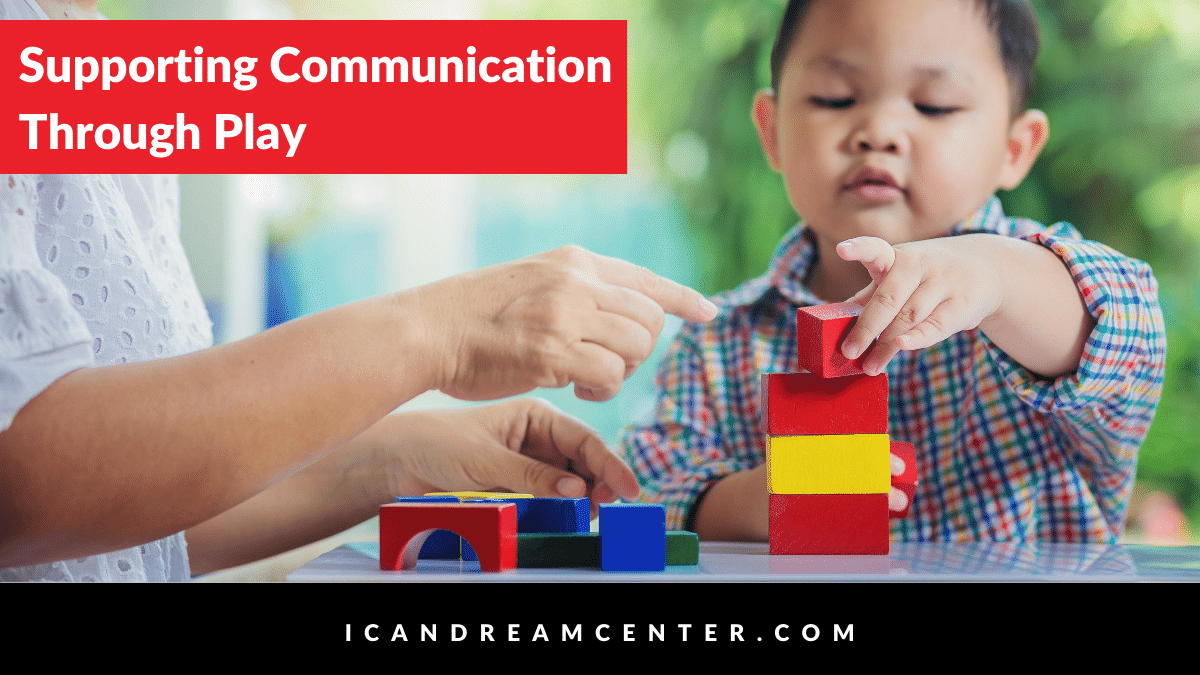What does it mean to be a black or brown boy with ADHD? It can mean he displays symptoms of attention-deficit/hyperactivity disorder, but he does not have a diagnosis. It may mean that a black or brown boy is appropriately diagnosed with ADHD, but because implicit bias is an issue facing schools and society, he …
